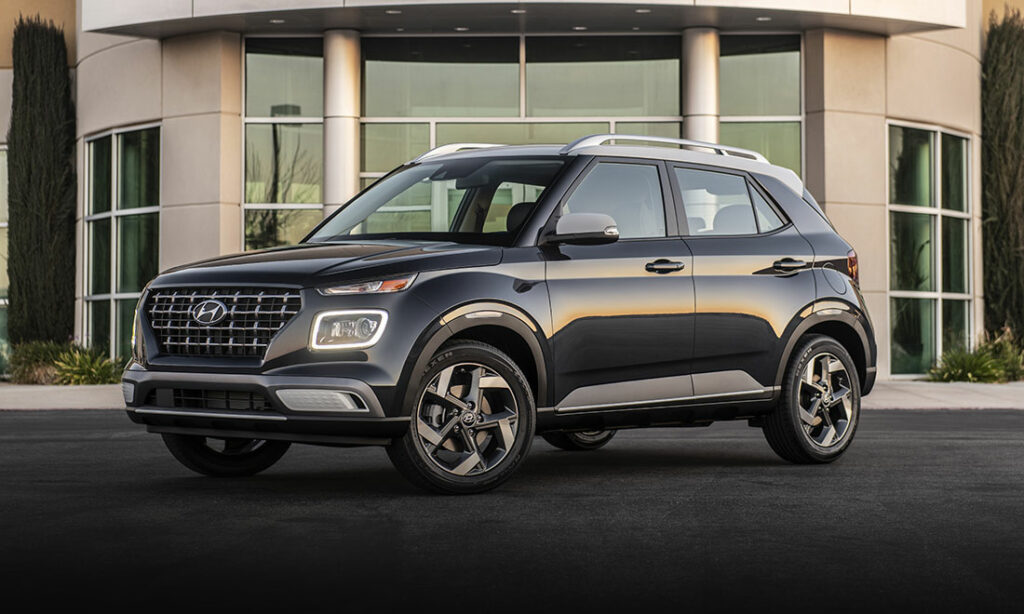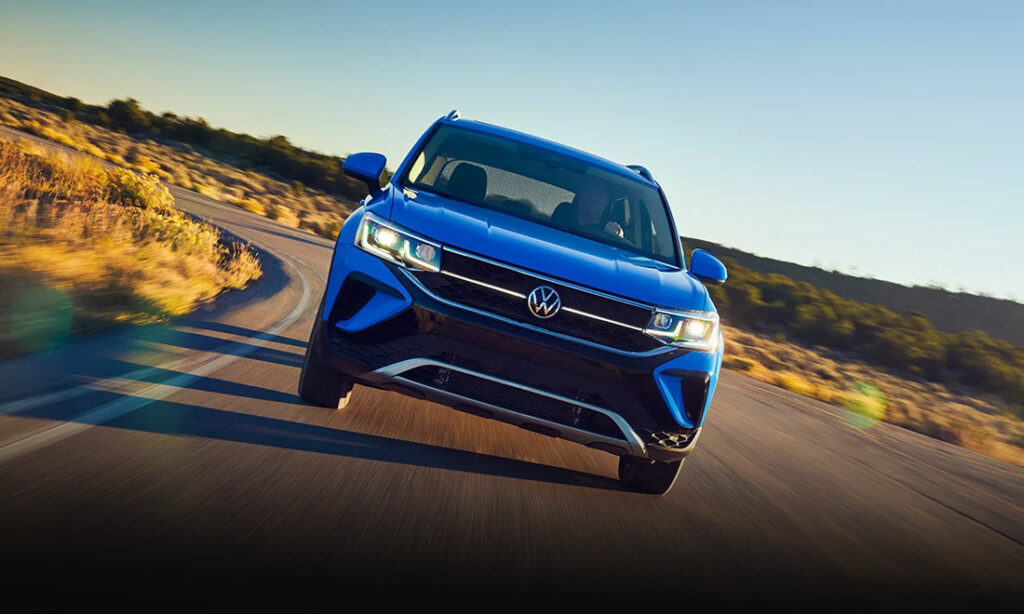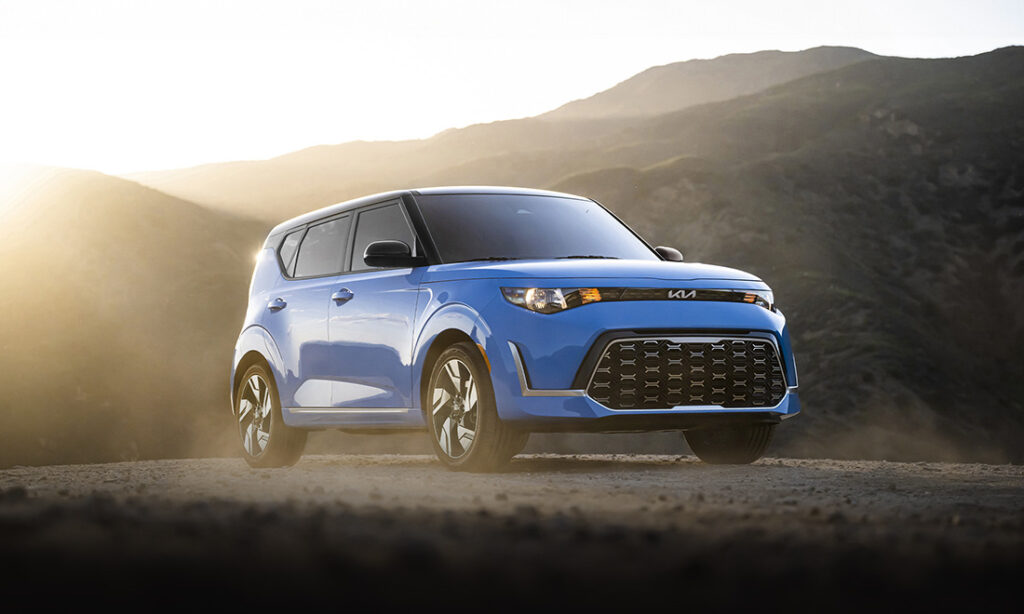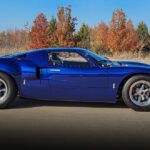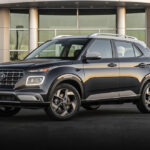Retro Review: Jaguar E-Type
When it comes to iconic cars, there are few that can match the combination of stunning design and high performance of a Jaguar E-Type.
Instant Success
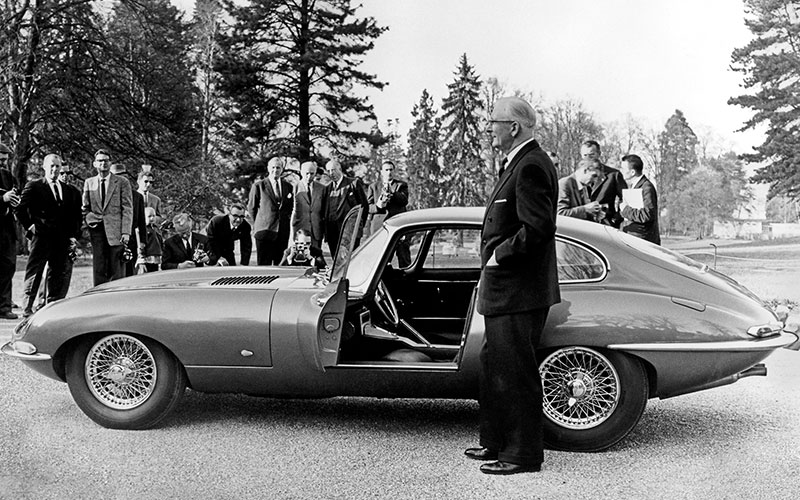
From the moment it arrived on the scene in 1961, the Jaguar E-Type was an instant icon. Enzo Ferrari, founder of the eponymous brand, is rumored to have called it the most beautiful car in the world after laying eyes on it. High praise indeed. Car and Driver went a step further in 1965, describing the E-Type as “purest automotive erotica.” Point being, the design was a hit 60 years ago and though it ceased production in 1975, the E-Type remains to this day as one of the most important cars of all time.
Back in the day, Jaguar fielded a serious racing program including a three-peat win at the 24 Hours of Le Mans between 1955 and 1957 with their legendary D-Type racer. It featured a novel design for the time with the front subframe carrying the engine and front suspension bolted directly to the body tub. To build off this motorsport success, the Jaguar racing department was told to develop a road going sports car based on the D-Type as a replacement for the XK150.
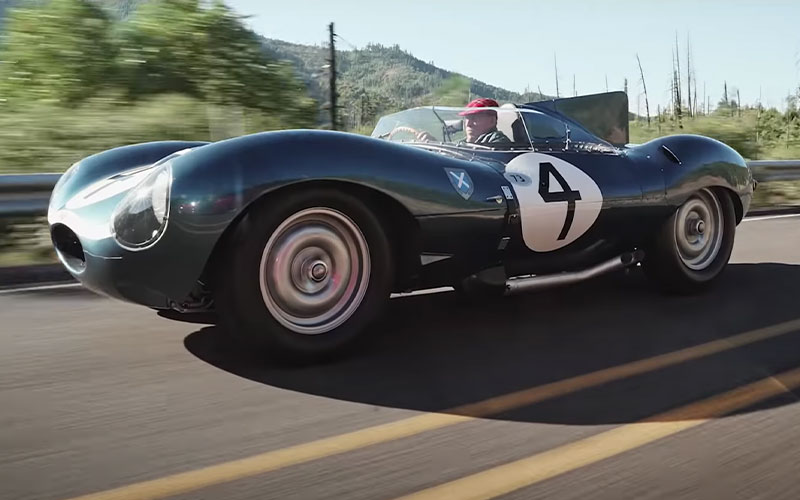
Denoted E1A, the first E-Type prototype featured a monocoque chassis and the long-running XK straight-6 engine architecture that was produced from 1949 to 1992. Though smaller than the final production model in both dimension and displacement at 2.4 liters, the E1A concept showcased a new independent rear suspension layout that both separated the incoming E-Type from exotic rivals and went on to be used in Jags for the next 40 years.
1961: The Jaguar E-Type Launches
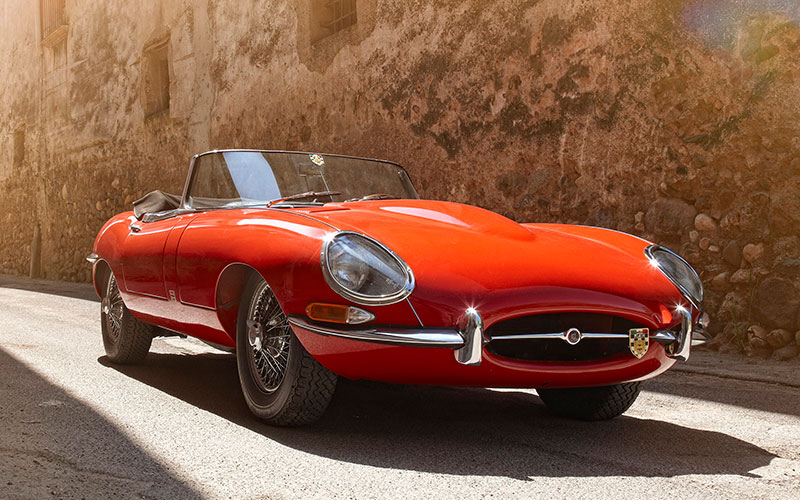
Officially debuting in 1961, the first E-Type made headlines boasting disc brakes, independent rear suspension and a 150-mph top speed. Now, four corner disc brakes and a fully independent suspension were unusual for the time even among high-end competition from Ferrari and Porsche. Along with rack and pinion steering and unitary construction, these systems set the new E-Type apart and were responsible for pushing industry change in this direction. However, the 150-mph claim grabbed the attention of all consumers as, at the time, 70-mph was considered fast for an average car. Interestingly, the car was initially for export only into markets like North America where it was named the XK-E. Of course, certain markets also necessitated modifications to account for driving on the right side of the road.
Though Series 2 and Series 3 designations would later be officially applied to the E-Type, technically the Series 1 moniker was never coined by Jaguar. Instead, it came to be known as the Series 1 informally to set it apart from later models. A rear-wheel-drive grand tourer, the Series 1 E-Type was initially offered in 1961 as a two-seater Fixed Head Coupe (FHC) or Open Two Seater roadster. Identifiers include glass headlamp covers, a small “mouth” opening up front and exhaust tips beneath the rear license plate. Under the hood was a 3.8L inline-6 XK motor making 265 horsepower and 240 lb-ft of torque. It was mated to a 4-speed manual that included synchromesh on 2nd, 3rd and 4th gear but not 1st.
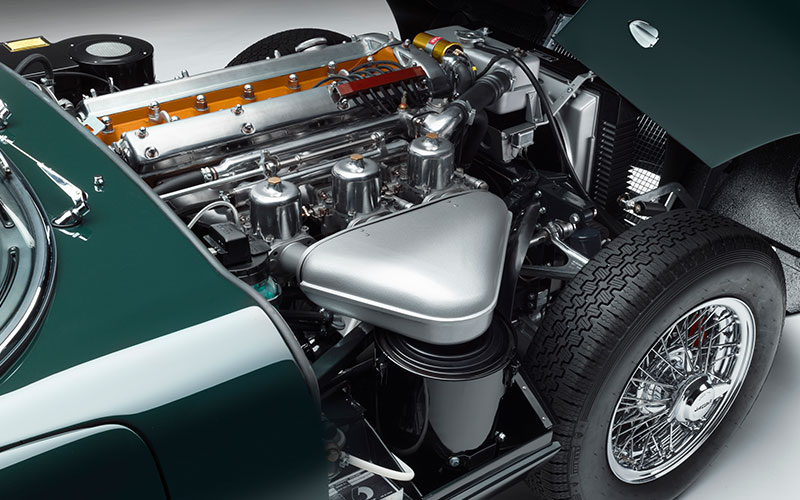
The Series 1 design continued in 1965, but with an enlarged 4.2L engine making the same horsepower and a bump in torque output to 283 lb-ft. Additional upgrades included an all-synchromesh transmission, improved brakes and revised electrical system. Weighing in at around 3,000 pounds, these were fast cars. Motor magazine registered a 7-second sprint to 60-mph and 14.9-second quarter-mile with the 4.2L Series 2, making it the fastest car they had ever tested at the time. Along with the new motor, a “2+2” FHC variant emerged in 1966 riding on a 9” longer wheelbase with four seats.
Given its partially hand-built construction, changes were incremental and ongoing, which led to some blurring of the lines between models. For instance, the first 500 Series 1s produced had flat cabin floors and external hood latches requiring a tool to open. Then, towards the end of Series 1 production in late 1967, a handful of E-Types, known as Series 1.25, were built without headlight fairings in preparation for more stringent US regulations. To wrap up the transition into Series 2 models, a Series 1.5 was produced with additional North America-minded modifications like different cabin switches, revised wheel knockoff nuts and power output reduction as a result of dropping the carburetor count from three to two.
1968-1970: The Birth of the Series 2 Jaguar E-Type
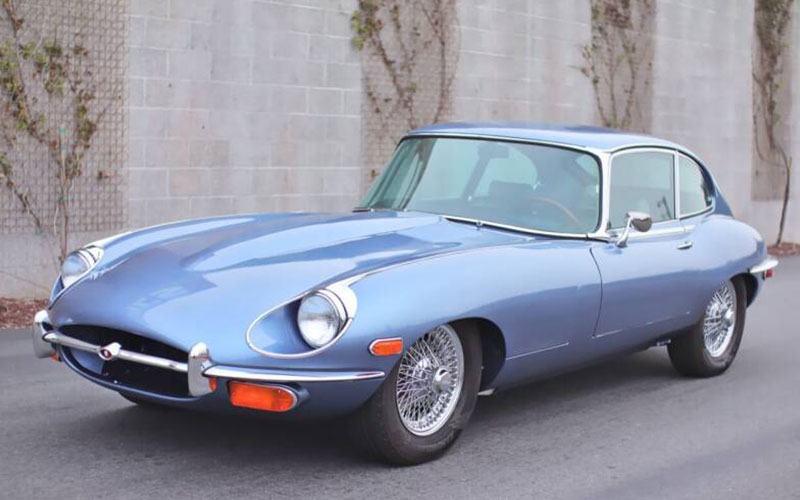
By 1968, the Series 2 E-Type replaced Series 1 models with a host of design changes to satisfy National Highway Traffic Safety Administration mandates in America. They included the open headlights, a wrap-around rear bumper and enlarged grille outside. Inside, a steering lock was added, metal switches were replaced with plastic and new seats with head restraints were fitted. Under the hood, a formerly polished valve cover was replaced by a more industrial version with a “ribbed” design. It was the same 4.2L mill but the triple SU carburetors were changed out for dual Stromberg models that reduced horsepower by 19 and torque output by 20.
1971-1975: Series 3 Jaguar E-Type and Final Production
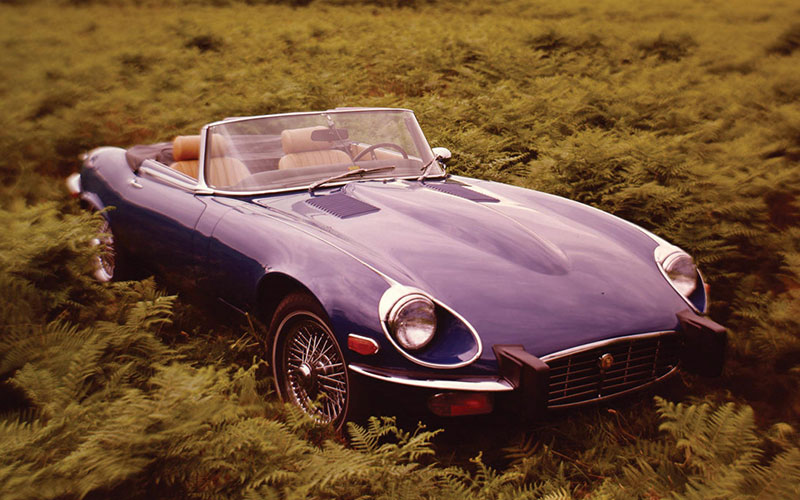
In 1971, the final line of E-Types was unveiled as the Series 3, running until 1975. Jaguar went big with the last run, fitting a 5.3L V12 that was originally intended for use in the XJ but was an enticing mill for a small sports car. Certainly, it represented a dramatic change over the inline approach up to this point, read more about the engine differences here. The short wheelbase FHC body style was discontinued for Series 3 production, leaving only the 2+2 or convertible options that are most obviously identifiable by their V12 badging flared wheel arches and quad exhaust outlets. As E-Type production wrapped up, Jaguar produced 50 commemorative editions finished in black with cinnamon upholstery and glove box-mounted plaques.
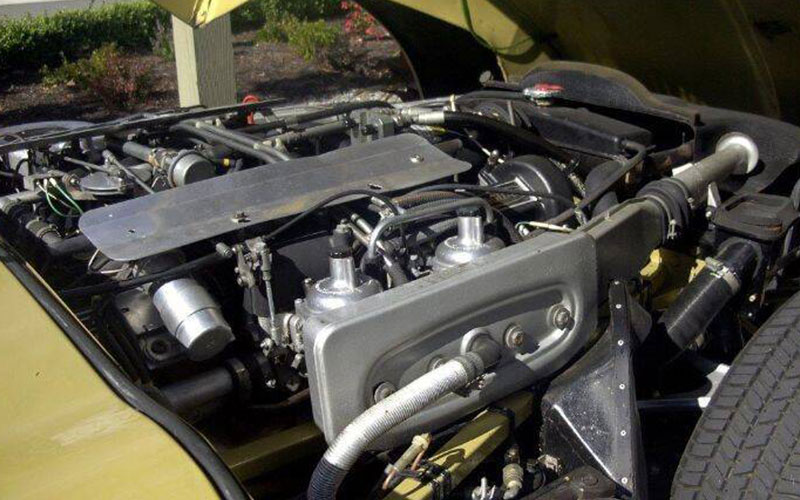
The E-Type was born from Jaguar’s racing program and that pedigree continued throughout its production. Highlights include winning the 1963 Australian GT Championship with a Lightweight E-Type piloted by Bob Jane. There was also a 1975 SCCA champion Series 3 model, driven by Bob Tullius. Not to mention the defeat of Paul Newman’s Nissan Z-car team in the 1980 SCCA circuit. Those Nissans were of a similar look and mentality to the E-Type. Read more about how the Datsun and Jaguar compare.
The Jaguar E-Type Today: Special Editions, Restorations, and Modern Interpretations
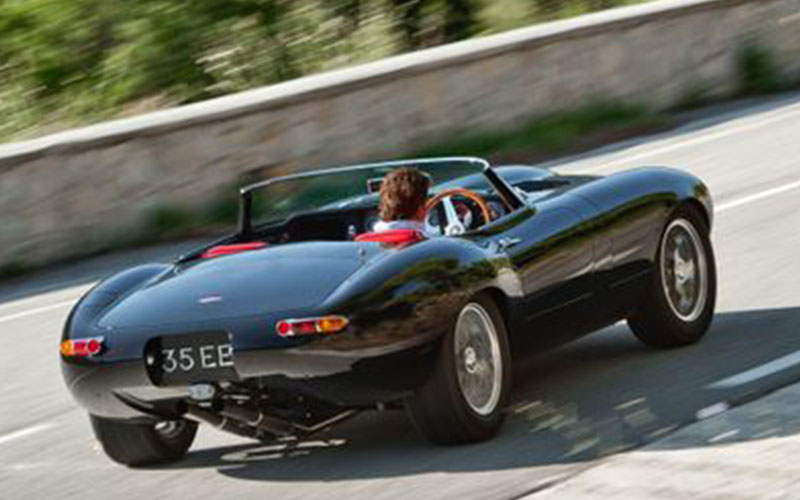
Today, the Jaguar E-Type lives on in a variety of forms from ultra-rare special editions to fully restored originals and modern reinterpretations. Back in the early 60s, Jaguar planned to build 18 “Lightweight” E-Types for competition but only got around to producing 12. In 2014, the company announced plans to finish the run with six Lightweights slated to be produced with the same materials, blueprints and production methods from 60 years earlier. One of these prized Jags sold for $1,700,000 in 2020. Jaguar Classic, the automaker’s in-house restoration shop, has a Reborn Program that will take an original E-Type and perform a full restoration to period spec. Then there are modern artisans like Eagle, out of England, that have reimagined the E-Type with one-off, million dollar bespoke models.
Classic Jaguar Looks that Stand the Test of Time
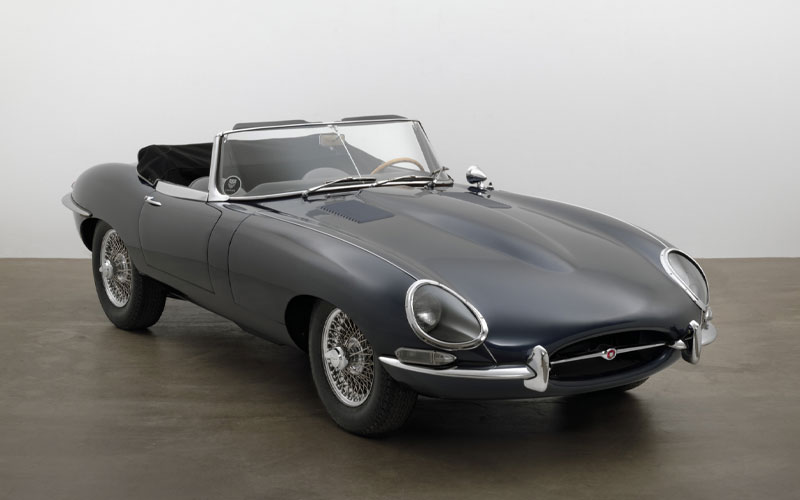
There is no shortage of cool cars from the 60s and 70s that deserve attention, including short list of unsung classics we compiled. However, it is hard to outshine the Jaguar E-Type, an epitome of 1960s era glamour and excitement thanks to its stunning design, high performance and relatively inexpensive pricing at the time. Following Enzo Ferrari’s comment six decades ago, The Daily Telegraph ranked the E-Type #1 in their list of 100 Most Beautiful Cars of All Time in 2008. As well, the Metropolitan Museum of Art in New York City added a blue Series 1 roadster to their permanent collection in 1996, making it one of only six automobiles to receive the distinction.


